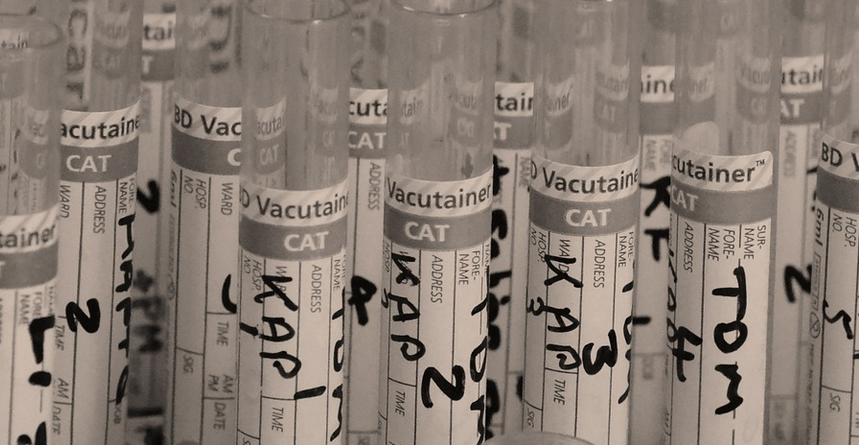Introduction
AP Chemistry is a challenging subject, and one of the most important concepts covered is combustion analysis. In this article, we will discuss the process of combustion analysis and how to use percent to mass calculations to determine the composition of a sample.
What is Combustion Analysis?
Combustion analysis is a process used to determine the elemental composition of a sample. The sample is burned in the presence of excess oxygen, and the products of the combustion reaction are analyzed to determine the amount of carbon, hydrogen, and sometimes nitrogen and sulfur in the sample.
The Combustion Reaction
The combustion reaction is a type of oxidation reaction in which a substance reacts with oxygen to produce carbon dioxide and water vapor. The general equation for the combustion of a hydrocarbon is: CxHy + O2 → CO2 + H2O
Percent to Mass Calculations
Percent to mass calculations are used to determine the mass of each element in a sample based on the percent composition of the sample. To do this, you need to know the molar mass of each element and the percent composition of the sample.
Steps of Combustion Analysis
Step 1: Weigh the Sample
The first step in combustion analysis is to weigh the sample. This is typically done using a balance with an accuracy of at least 0.001 g.
Step 2: Burn the Sample
The next step is to burn the sample in the presence of excess oxygen. This is typically done using a combustion tube or a specialized combustion apparatus.
Step 3: Collect the Products
The products of the combustion reaction are collected and analyzed. Carbon dioxide and water vapor are typically collected using a bubbler or a drying tube.
Step 4: Calculate Percent Composition
The percent composition of the sample can be calculated by dividing the mass of each element in the sample by the total mass of the sample and multiplying by 100.
Step 5: Calculate Mass Composition
The mass composition of the sample can be calculated using percent to mass calculations. To do this, you need to know the molar mass of each element and the percent composition of the sample.
Conclusion
In conclusion, combustion analysis is a powerful tool for determining the elemental composition of a sample. By following the steps outlined in this article and using percent to mass calculations, you can accurately determine the mass composition of a sample. This knowledge is invaluable in a variety of fields, including chemistry, environmental science, and materials science.

